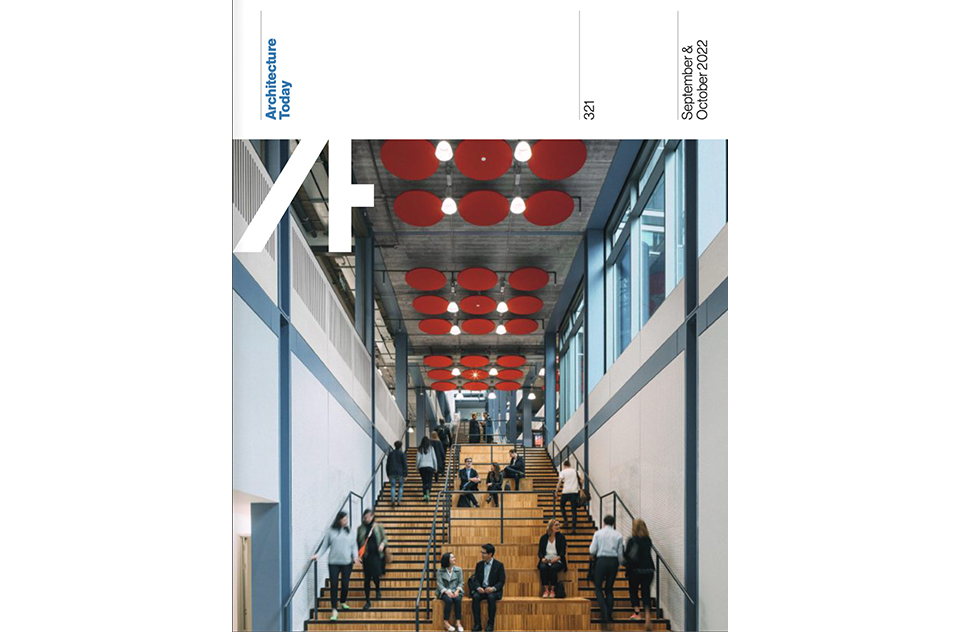


Keith’s article on the architecture of the London School of Economics Published in Architecture Today
The editor’s introduction to the article reads…
“Keith Williams charts a programme of bold, creative commissioning that has transformed the London School of economics’ cramped, fragmented campus, into a world class estate”
Keith writes…“With the Marshall Building by Grafton Architects now completed and the winner of the architectural competition for its final major building, the Firoz Laji Global Hub just announced, Keith Williams charts a programme of bold, creative commissioning that has transformed the LSE’s cramped, fragmented estate into a world-class academic campus
The LSE first opened its doors in 1895 operating from three rooms in 9 John Adam Street, near its current site. Founded by four members of the Fabian Society, Sidney Webb, his wife the social investigator Beatrice Webb, the political scientist Graham Wallas, and George Bernard Shaw, the School was open to women and men and welcomed students from overseas.
The LSE grew to become a world-famous institution, generating an illustrious roll call of famous names that once studied or held posts there. These include several Nobel laureates, world leaders, politicians, senior bankers, and economists as well as historians, authors and those in the arts and philosophy. Names plucked at random include Hilary Mantel, David Attenborough, William Beveridge, Jomo Kenyatta, George Soros, Pierre Trudeau, Michael Manley, Romano Prodi, David Rockefeller, Janet Yellen, Mervyn King, Karl Popper, Naomi Klein and a certain Mick Jagger who dropped out to join a rock and roll band; a move that seems to have worked out reasonably well.
Academically, the school competes with Oxford, Harvard, Yale and Cambridge for students and staff. But historically, its architecture never came close to matching its illustrious list of alumni or its standing on the international stage……Despite the somewhat ad hoc nature of its estate’s evolution, over the past two decades the LSE has developed into that very rare thing, an important patron of architecture repeatedly commissioning headline grabbing projects by fine architects. These exceptional buildings have at last given the LSE the architectural identity and presence that it so badly needed, and along with its vital new public spaces, are in the process of successfully transforming this choked city quarter estate into a vibrant, permeable, academic campus of a very high order.”
An urban masterplan has hewn new public spaces from the LSE’s dense city buildings to create focal points within the campus, make new linkages with the city, and contains well chosen artworks by major artists such as Turner Prize Mark Wallinger. With buildings that reinforce the masterplan by Grimshaw, O’Donnell & Tuomey, RSHP, Grafton and the recently announced Firoz Laji Global Hub on Lincoln’s Inn Fields by David Chipperfield Architects, the LSE has become an outstanding patron of architecture.
The full article can be read at